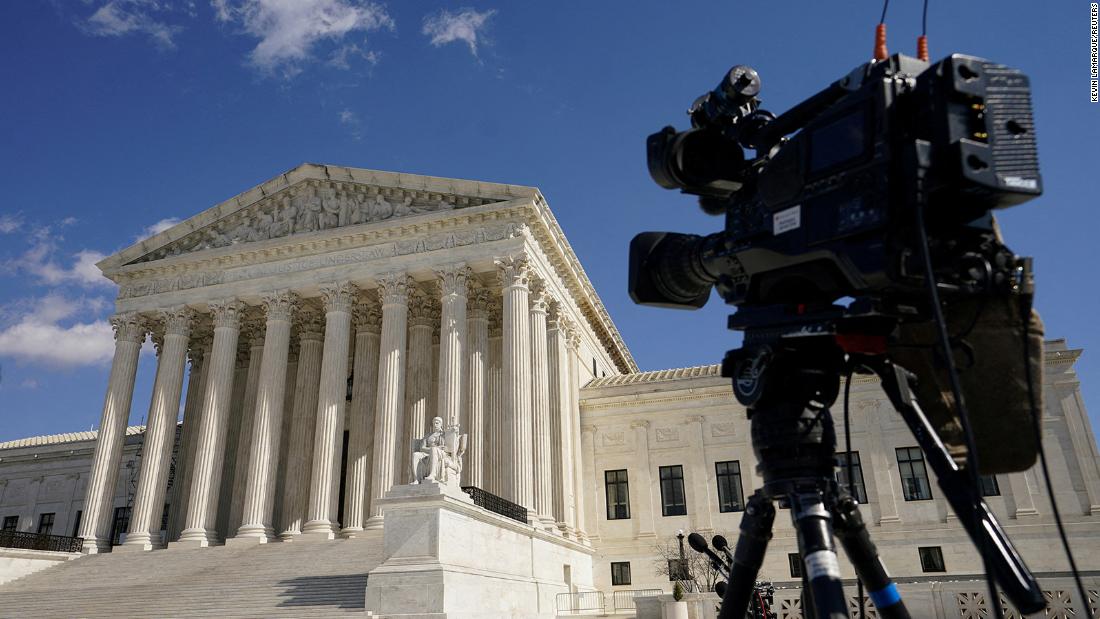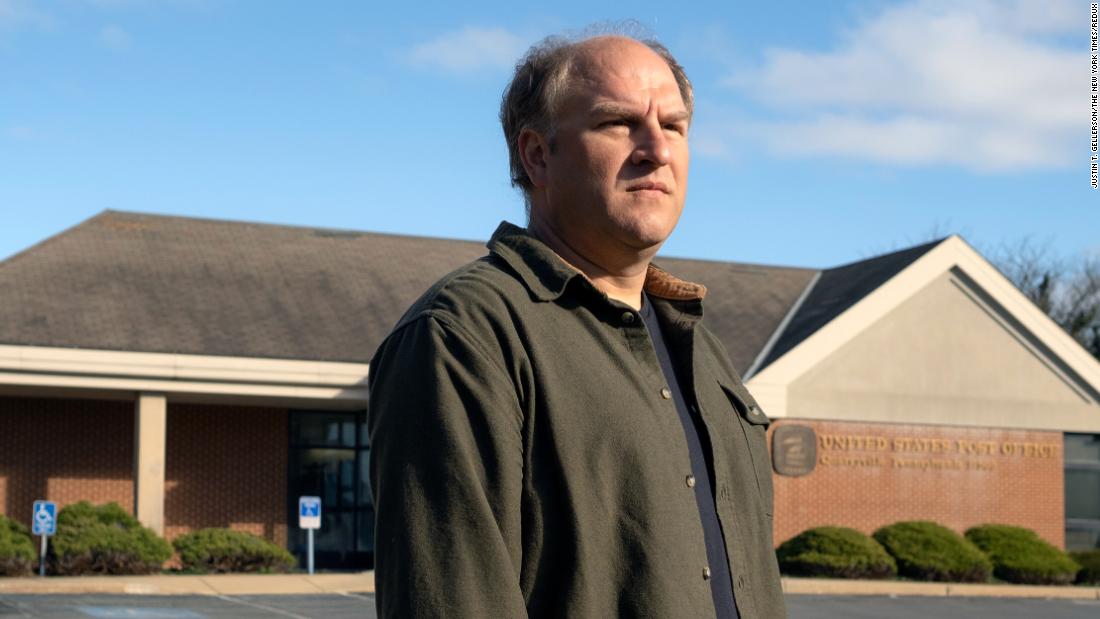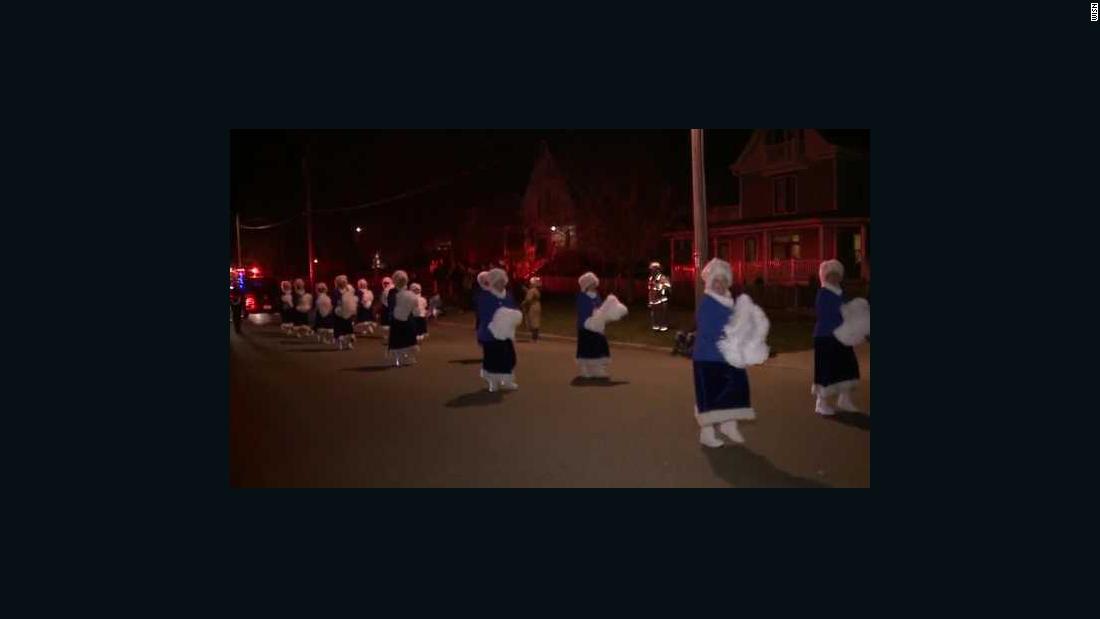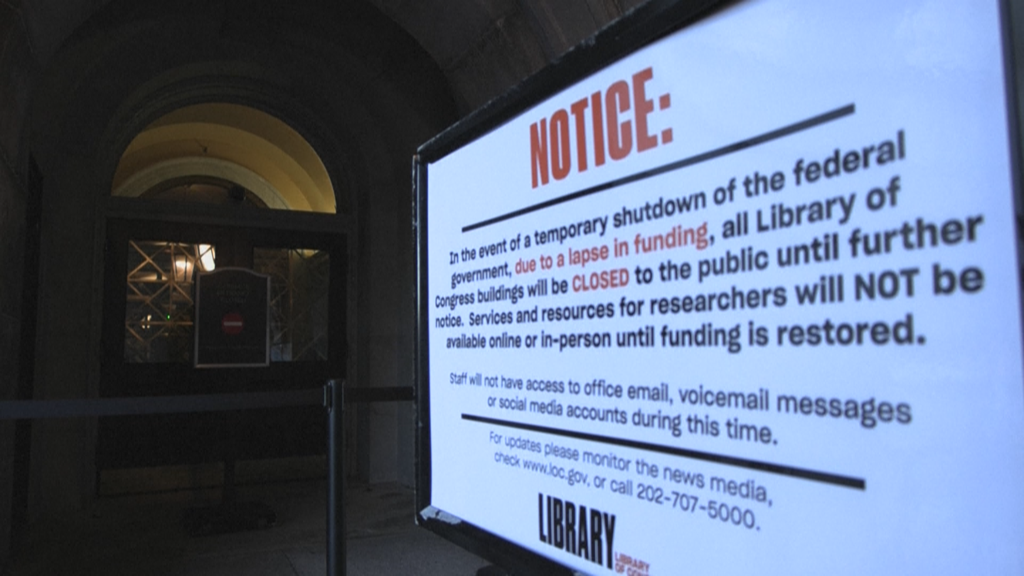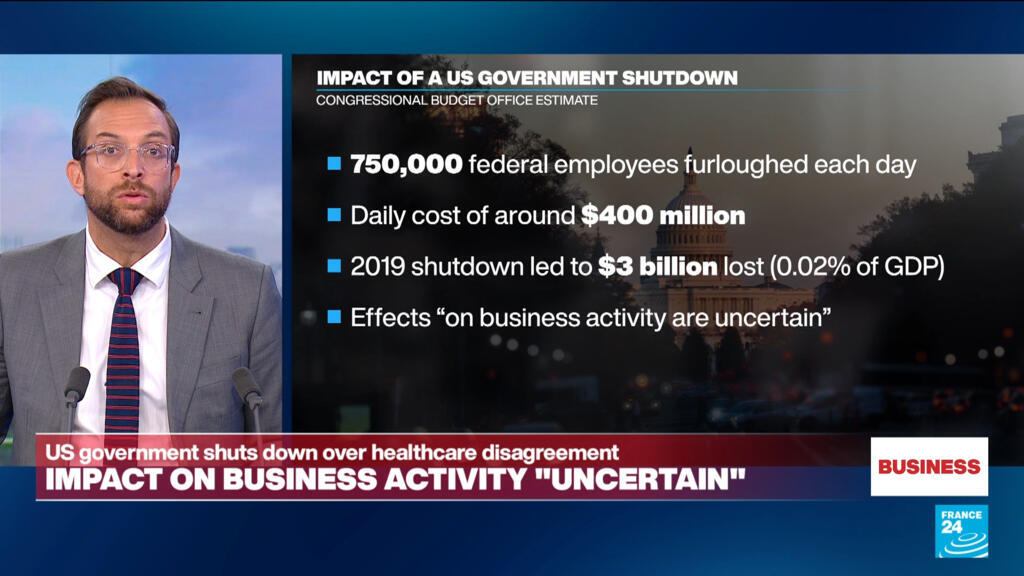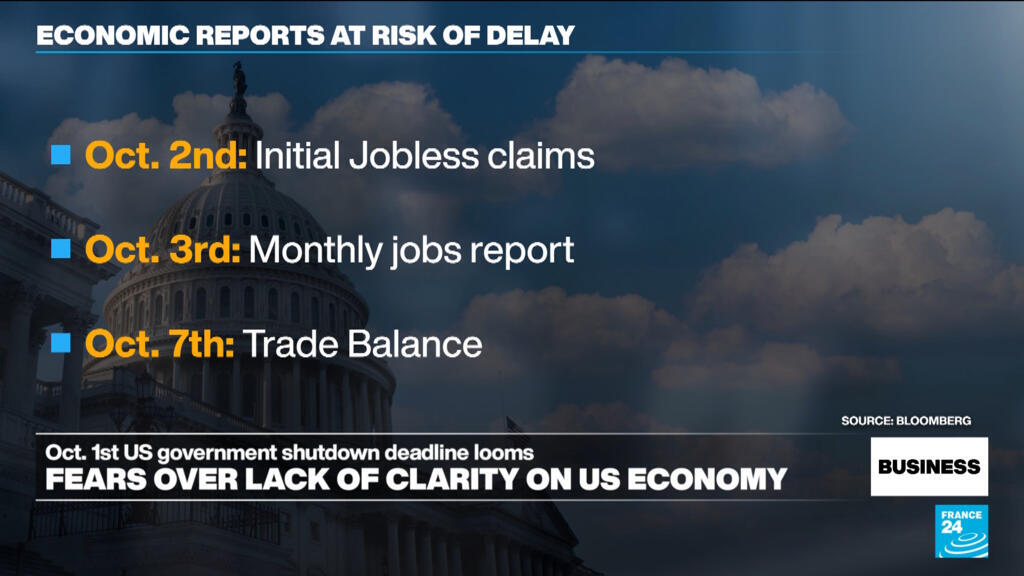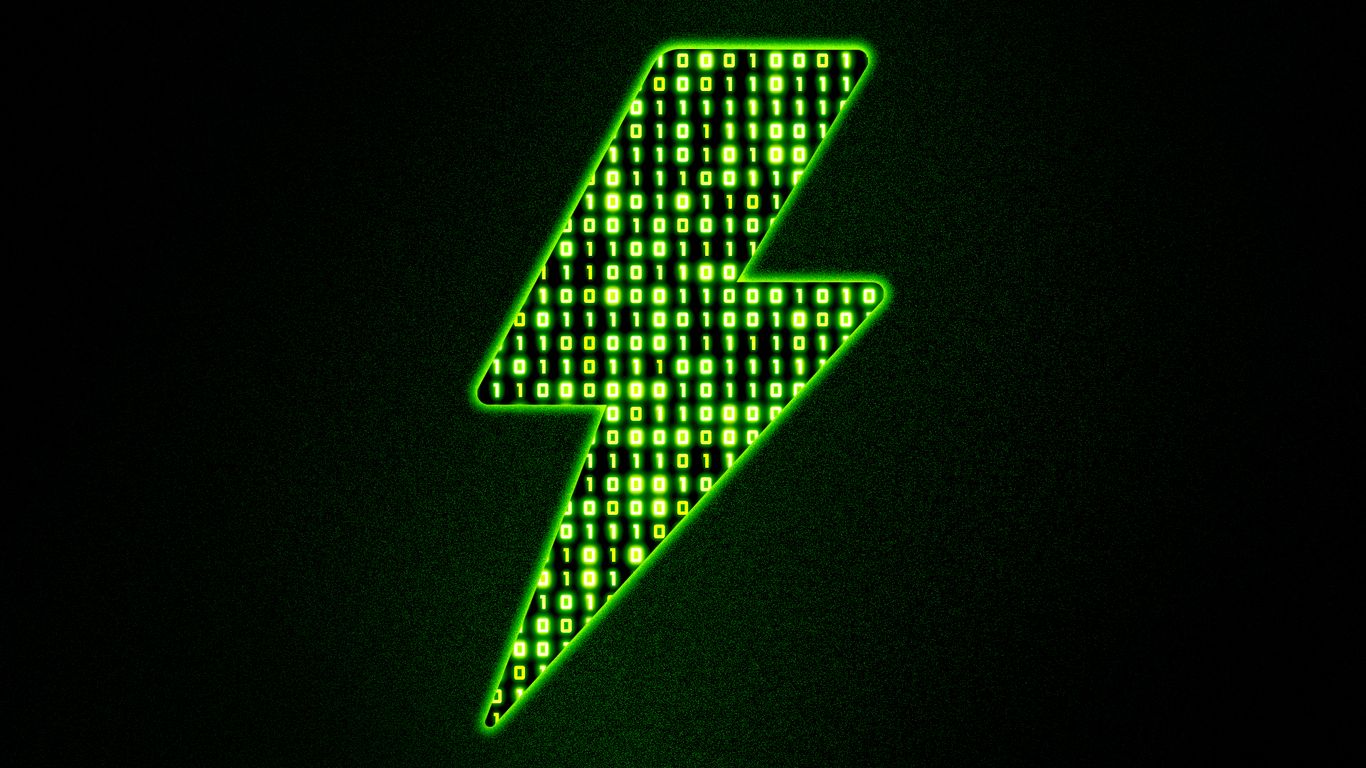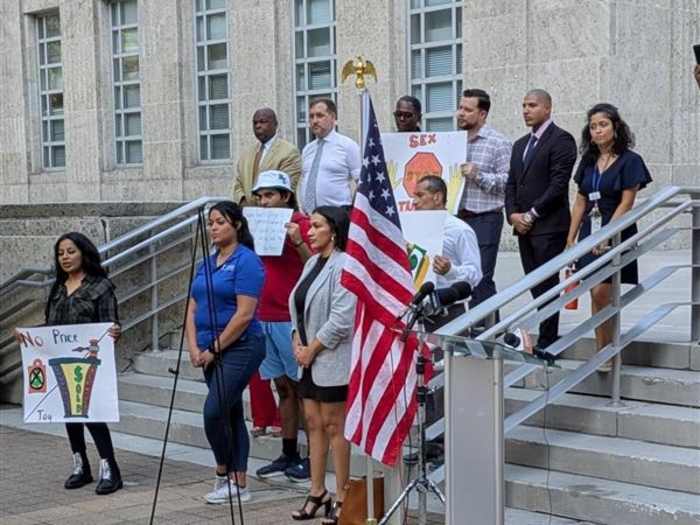Check now: Is your neighborhood a power outage hot spot?
KPRC 2 Investigates repeat power outages in the Houston area. How to check power outages in your zip code.

Despite avoiding severe weather during hurricane season, Houston residents experienced the highest frequency of power outages among major U.S. cities in August, according to a new investigation by KPRC 2.
RELATED: Can CenterPoint Energy cut power to my home all day long for repairs?
Data analysis reveals some Houston-area neighborhoods suffered through up to 18 times more outages than the national average, with certain zones experiencing between four to seven interruptions in a single month.
“It seems like there’s a problem that everybody knows about- but nobody can explain why,” said Tyler Steer, a resident of Fort Bend County’s Pecan Grove area, where customers averaged 7.3 outages in August alone.
Outage hot spots identified
KPRC 2’s investigation mapped August outage data, revealing several critical hot spots across the Greater Houston area:
- Pecan Grove and Harvest Green subdivisions (77406): 7.3 outages
- North Harris County near Walters and Spears Road (77014): 7 outages
- JFK and Aldine Bender area (77032): 6.3 outages
- Chambers County’s Eagle Heights subdivision (77523): 6.1 outages
- Klein area and Cutten Green neighborhood (77066): 6 outages
Impact on residents
While many of the outages were momentary—lasting only seconds or minutes—energy experts say the frequency is abnormal.
“Even short power outages are disruptive,” said Bob Marshall, CEO of Whisker Labs, the company that provided the outage data through their network of Ting sensors installed in homes and businesses nationwide.
People who live in impacted areas report consistent issues.
“Every time it happens, we hear the air compressor hum, and we’re worried about what that could be doing to the house,” Steer explained.
What CenterPoint Energy says about the outages

When confronted with the data, CenterPoint Energy declined on-camera interviews. In an email response, the utility company stated that comparing Houston to cities like Boston, Seattle, or Phoenix was “often an apples to oranges comparison,” citing “Gulf Coast weather patterns and vegetation density” as unique challenges.
State Senator Lois Kolkhorst, who serves on the Business and Commerce Committee and represents the Fort Bend area, expressed concern about the findings.
“There’s something major wrong in that area. And I, for one, as their lawmaker, are going to be looking into this and demanding answers,” Kolkhorst said.
She rejected CenterPoint’s general explanations, adding, “The systems are sophisticated enough today that they know exactly what the problem is... We need to be able to pinpoint where the outages are and we can do that and then find out why.”
RELATED: Can CenterPoint cut power to my home all day long for repairs?
Taking action
Residents experiencing frequent outages are encouraged to:
- Contact their state representatives
- File complaints with the Public Utility Commission (PUC)
How to check power outage data in your neighborhood
2 Investigate’s data team uses the data from Whisker Labs to build out a map anyone can use. This map currently has August 2025 data.
KPRC 2 Investigates will continue tracking these outages monthly to identify patterns and push for answers about power reliability issues affecting Houston-area residents.
Full statement from CenterPoint Energy
At CenterPoint Energy, we are absolutely committed to designing, building and operating the most resilient coastal grid in the nation. In the last 14 months alone, as part of our Greater Houston Resiliency Initiative (GHRI), we have delivered a historic suite of improvements to harden our system, increase reliability and facilitate better communications with our customers.
Since GHRI’s launch last July, CenterPoint has:
- Installed or replaced more than 32,000 stronger, storm-resilient poles built to withstand extreme winds.
- Undergrounded over 400 miles of power lines to reduce exposure to severe weather.
- Deployed more than 5,150 automated reliability and intelligent grid switching devices to minimize outages and speed restoration.
- Cleared over 7,000 miles of higher-risk vegetation near power lines to prevent storm-related disruptions.
- Installed more than 100 weather stations to enhance situational awareness and storm preparation.
- Launched a new, cloud-based Outage Tracker that provides real-time updates in both English and Spanish.
- 17,000 hours of emergency response training by nearly 1,000 CenterPoint employees.
All of these investments and improvements are paying dividends for customers with real world results. From January to September 2025 (compared to 2024), CenterPoint customers have experienced:
- Approximately 40% less outage minutes than 2024.
- 35% less vegetation-related outages than 2024.
- Houston has one of the densest urban tree canopies in the U.S.
- CenterPoint has moved from a nationally standard five-year vegetation/tree-trimming cycle to an industry-leading three-year cycle.
While customers have seen significant improvements from our GHRI work, we aren’t done yet. That is why our crews and contractors are out there every day working to deliver for our customers. Over the next three years, we will continue executing increased levels of resiliency work that will benefit the customers and communities across the 12-county Greater Houston region that we are privileged to serve.
Facts about outages
Comparing outage rates to a national average can be misleading. Each region faces unique environmental and operational challenges. For example, we experienced numerous days with thunderstorms and lightning in August, which is typical for our region, while much of the country was relatively quiet. Comparing Houston to cities like Boston, Seattle, or those in desert climates like Phoenix, is often an apples to oranges comparison. Gulf Coast weather patterns, vegetation density, and infrastructure all play a role in how outages occur and how they’re addressed.
Outages can happen for many reasons, and it’s rarely as simple as a single number suggests. Some interruptions are planned and necessary to safely complete infrastructure upgrades as part of our Greater Houston Resilience Initiative. These projects cannot be done while lines are energized. Other outages occur due to customer-owned equipment issues beyond the point of service, which are outside of CenterPoint Energy’s responsibility. In addition, unexpected incidents like vehicular accidents involving poles or other infrastructure can cause outages affecting large groups of customers. These factors, combined with Houston’s unique weather patterns, illustrate why outage data needs context to be fully understood.





